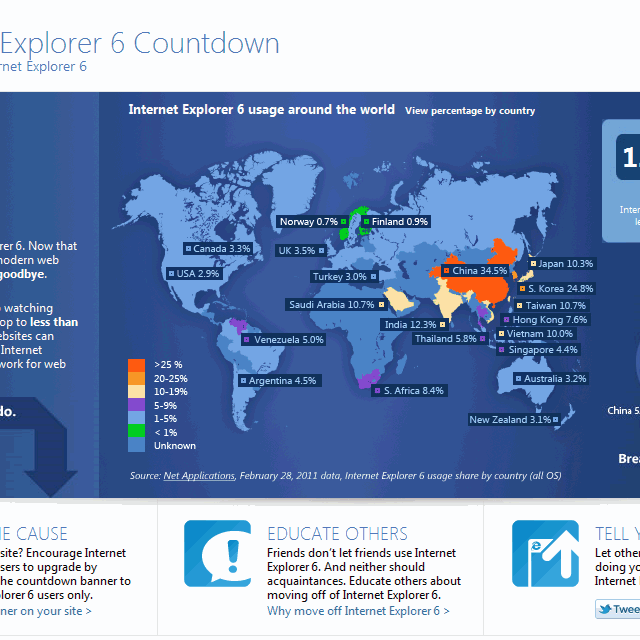…or how Twitter can be actually of some use;-)
{ Some drafts in my blog were hidden really deep, so… ;-) }
{ This story developed somewhere in July 2009… }
Twitter is an amazing… media? Social network? Means for ultra-fast transfer of news, wisdom, stupid things and “important” things like “I am drinking coffee now”? Something like IRC, but with an option for SMS, filtering, search, etc.?
Twitter is all of this simultaneously! :-)
 …I am a Web designer and (partially) a geek, so it was very interesting for me to follow the discussion in two of the latest publications of Jeffrey Zeldman:
…I am a Web designer and (partially) a geek, so it was very interesting for me to follow the discussion in two of the latest publications of Jeffrey Zeldman:
www.zeldman.com/2009/07/02/xhtml-wtf/
www.zeldman.com/2009/07/07/in-defense-of-web-developers/
…where the consequences of discontinuing the work on the XHTML 2 standard, and what will happen with XHTML 1.0, HTML 4.01, as well as with the new HTML 5, were passionately discussed.
At some point, in the Zeldman’s website, a strange bug appeared (in Firefox 3/Win): somewhere around 3/4 of the page with his last post and the numerous comments below, the content suddenly was disappearing (screenshot). Without a reason. The page itself was validating perfectly and there were no problems with the encoding or the HTML/CSS code.
Jeffrey noticed the problem, too, and was trying to solve it for quite a long time. The assumption that a problematic pingback with UTF-16 encoding was the culprit, was not confirmed.
I tried to investigate, too, out of curiosity, without any positive results, though.
Finally, I assumed that there’s a CSS bug in the rendering engine of Firefox/Win which (maybe) can be fixed with some new CSS rule. One of the readers of Zeldman’s blog mentioned that he tried to check something with Firebug, so I quickly made a test page + CSS file with the rule which (supposedly) was fixing this issue; then I tested in Firefox 3.0.11/WinXP. The problem was gone! :-)
Only one line fixed the problem for Firefox:
div#wrapper {
overflow: visible;
}
Then I’ve spent some more time to test in detail if the change did not affect any other popular browser (Opera 9.6, Safari 4, Chrome 2, IE7, IE6) and finally, I wrote to Zeldman, proposing him the fix for Firefox.
Zeldman replied:
@optimiced Will try as soon as I’m back on my feet. Thanks wise one.
Soon after that, Zeldman implemented the fix, and the design was fixed! :-)
Unfortunately, the fix introduced a new bug — the background of the page was “flashing” for a second or two on each page load because overflow: visible caused the background of the element #wrapper to load with a little delay (before: overflow: auto).
Well, after some more thought invested, I and another reader suggested two additional simple CSS solutions, which at a later stage proved to play very well together and fixed the “flashing problem” in all browsers — Firefox and Safari included! :-)
Last (but not least), I would like to say that Jeffrey Zeldman is a cool dude! After the whole story with the CSS bugs in Firefox and the red background flash was over, Jeffrey thanked me personally and added me to his Twitter list, and then promised to send me the new (third) edition of his popular book about Web Standards, as a present! (I think that somewhere in the CSS on zeldman.com there are some more acknowledgments hidden;-)
It’s always nice to communicate with such people, even if with messages only 140 characters long! ;-)
So, I am pleased to say, too: “Jeffrey, thank you!” :-)
* * *
Ah, and finally, why did I start this blog post with the question, what exactly is Twitter?
Because, after using Twitter for at least a few years, I can say that Twitter allows quick, precise communication in a new way. Comments in blogs, feedback forms, emails, allow us to communicate, too, but Twitter is something different. Something, which I cannot define precisely, but something, which fulfills its purpose and is also fun!
This is why you can (still) find me on Twitter (but you won’t probably find me on Facebook)… and, you can find me on my personal blog, of course! ;-p


